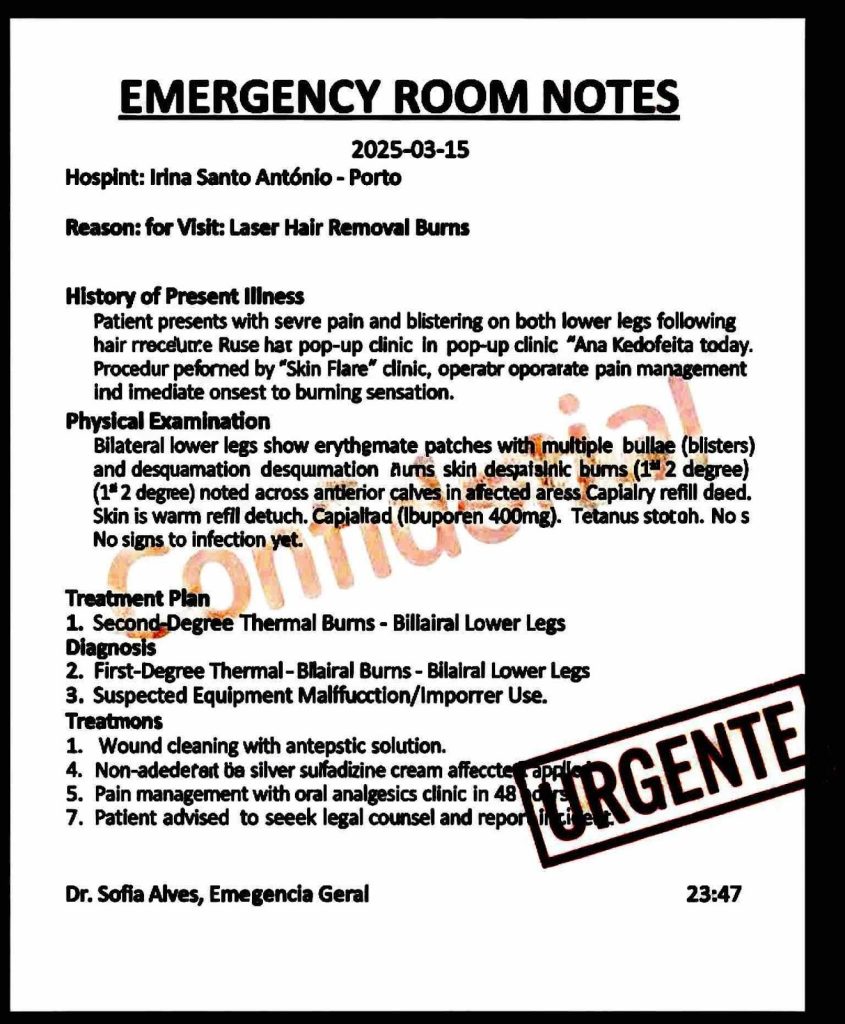How has Training in NLP helped me professionally and personally?

When I started my wellness journey there was a lot of information. From Life Coaching to NLP to CBT, REBT, and more, I have never given myself a break in learning. As much as I enjoy learning and applying the principles that I knew, nothing came in handy than training in NLP. I urge to take this journey down the alley of words, thoughts, and beliefs.

What is NLP?
NLP’s full form is Neuro Linguistic Programming. Neuro-Linguistic programming means rearranging and rewiring our thoughts and actions by organizing our thoughts, and behavior. It using submodalities, presuppositions, and meta-models, the practitioner creates a map of your mental process, using which they create a framework of our beliefs, values, and purposes. Knowing yourself and knowing the other person is the key to finding the solution. NLP helps in curing conditions like phobias, fear, anxiety, depression, etc.
1. The 1,2,3 s of NLP are
- Action/ Reaction – The situation, or incident that is the source and trigger is the activating event. The action or reaction to the activating event is what brings the client to you in the first place.
- Beliefs/values – The framework of beliefs, values, and rules that keep them stuck in the problem at hand.
- Change – We can’t change people unless and until they are ready for the change. But we can be the contributor towards the change. Once they realize the beliefs and values behind the action/ reaction we help them change it.
2. Meta models
By changing the language pattern we can’t rewire the thought process of the client as a practitioner. This is probably the key factor in my training in NLP that has the maximum impact on the client and myself. Changing the negative thought pattern to a positive one is the first part of the metamodel. From shouldn’t to should, mustn’t to must and it goes on. Another aspect that we need to address is the mindreading habit of the subject. Eg. he doesn’t like me, I know what you are talking about. These are some assumptions that humans reach without real proof but turn into beliefs. Another aspect is to make the client tell themselves to realize the cause of something that has come into effect.
Digging deeper into generalizations and preset beliefs is the basis of the meta-models and NLP at large. Anither aspect to address is complex equivalence. Eg. You don’t listen to me, so you don’t love me. Connecting two different aspects and reaching an assumption. Another aspect is presuppositions about how another person thinks and perceives. Another generalization aspect is universal quantifiers where we use words like never and always to explain someone’s behavior by generalizing it. The next aspect is nominalization wherein they use adverbs that nominalize the actual action. We shift the responsibility away and an NLP practitioner helps you to shift it back to the action and helps you take responsibility by bringing it back to the detail. The next step is to dive in and get the details of unspecified verbs. Like ‘hurt’ – he hurt me without telling “What exactly did he do”. So going in too with unspecified words like hurt, embarrassed, and disappointed is primary.

Final and probably the most complicated aspect of NLP is simple deletions and comparative deletions. Eg: I’m fed up (fed up with what). She is better than me ( who is she and what is she better at.
3. Association and Disassociation
While I was training in NLP, association, and disassociation is what helped me the most. This is the continuation of meta models. Associate the client with a negative emotion and then disassociate and ask them to see it from a third-person perspective like they are seeing it on a projector. With this practice, they see better and view the situation from a zoomed-out state. Then bring the ideal opposite like a calm and relaxed state.
4. Anchoring
When you have a repeated trigger point, you anchor to it. Be it anger, sadness, or any negative emotion we anchor the trigger to it. A particular incident happens during your high emotional state and subconsciously, your brain relates to the particular incident with the emotion. The task of NLP practitioners is to create the anchor, stack it, and finally collapse it. Another practice is to create a positive emotional state, fully associate with it and anchor it to action. By repeating this you can use the anchor to collapse the anchor of negative emotion.

5. Eliciting timelines and levels of consciousness
From blaming others for everything that happens in life, we switch to a level where we learn to take responsibility. Further, we change life on our terms. At last, we submit ourselves to the ultimate power. Is that it? No! This is just half of what NLP is all about in nutshell. Further, we deal with the clients, values, beliefs, and purposes, know more about them, and divert negative and defeating thoughts and beliefs into positive ones.
Training in NLP is a vast practice that helps in changing lives magically without medication. It is often considered as pseudo-science by conventional but the results of NLP practice are magic. I have experienced it myself and with my client. To know more about it you can sign up for our One-on-One Life Coaching sessions.








